Strange superconductivity near an antiferromagnetic heavy fermion quantum critical point
Heavy fermion superconductivity has attracted much attention both theoretically and experimentally as it shows richness due to strong electron-electron correlations that is unaccounted for by the standard weak-coupling theory of superconductivity. It has been a long standing puzzle since early 2000’s that the unconventional superconductivity in heavy electron material CeMIn5 family (M=Co, Rh, Ir) emerges out of an incoherent “strange metal state” close to a magnetic quantum phase transition whose transport and thermodynamic properties are distinct from ordinary metals [1]. In this talk, I will provide a microscopic mechanism [2] towards resolving this long standing issue via interplay of coexistence and competition between Kondo correlation (the screening of local f-electron magnetic moment by the d-orbital conduction electron spins) and the quasi-two-dimensional short-ranged antiferromagnetic correlation between adjacent f-electron moments in the vicinity of an antiferromagnetic quantum critical point (QCP). Within this theoretical framework of these two strong correlations, the strange metal state, which shows T-linear resistivity and T-logarithmic specific heat coefficient, comes as a result of the competition between these two correlations at higher temperatures near QCP. With decreasing temperatures, however, these two effects tend to co-exist and lead to un-conventional (d-wave pairing) superconductivity at ground state. This theory well explains the overall features of the superconducting and strange metal state at a semi-quantitative level; it also provides the first qualitative understanding on how superconductivity emerges from the strange metal state for CeMIn5 [2].
[1] C. Petrovic, et al. J. Phys. Condens. Matt. 13, L337 (2001); R. Movshovich et al. M Phys. Rev. Lett. 86, 5152
(2001); S. Zaum et al. Phys. Rev. Lett. 106, 087003 (2011).
[2] Y. Y. Chang, F. Hsu, S. Kirchner, C. Y. Mou, T. K. Lee, C. H. Chung, Phys. Rev. B 99, 094513 (2019).


